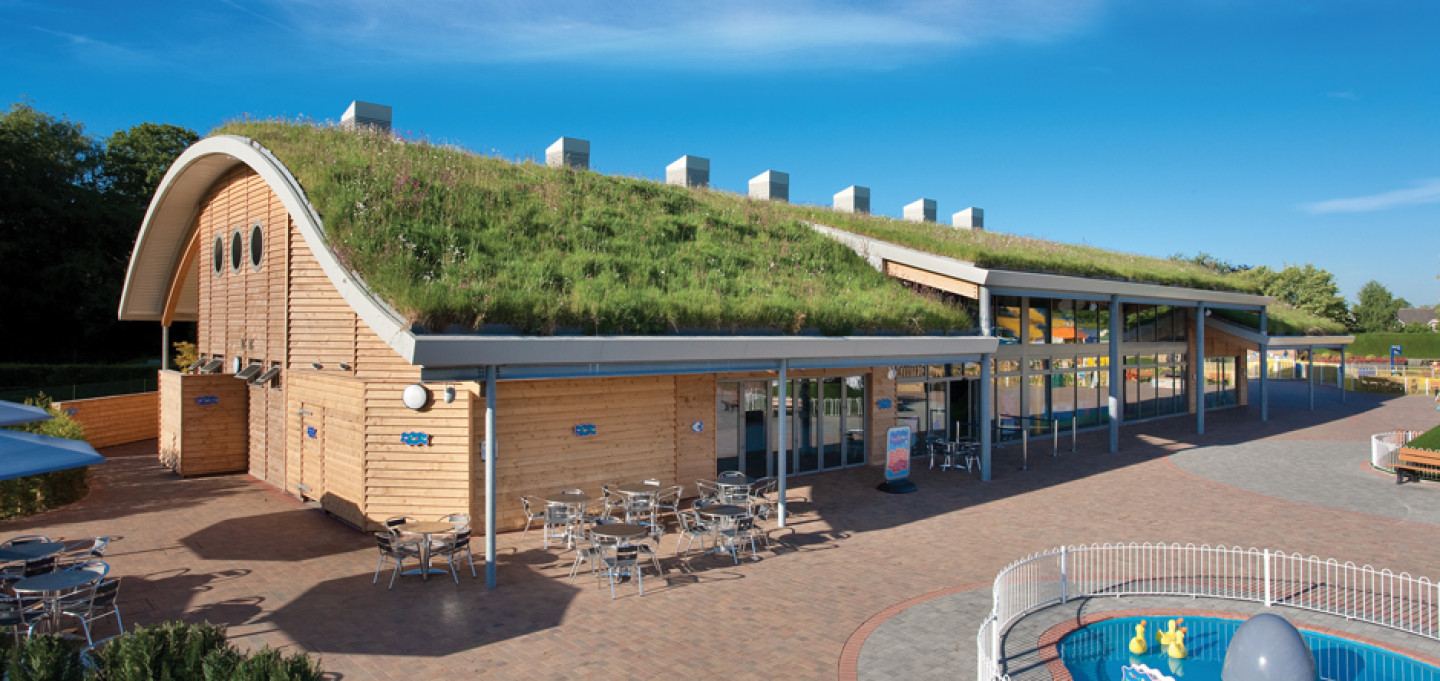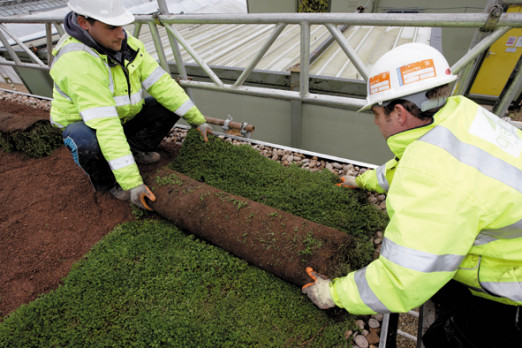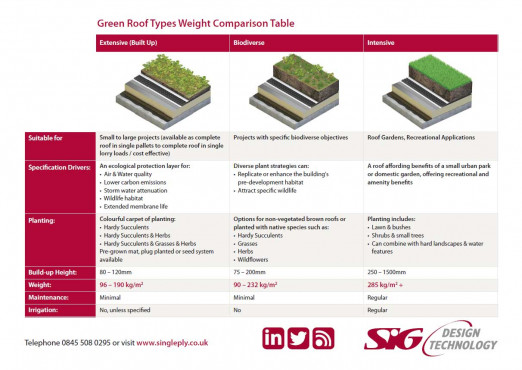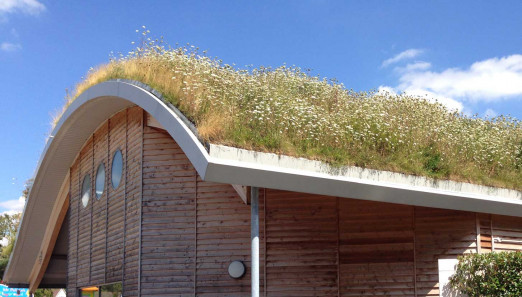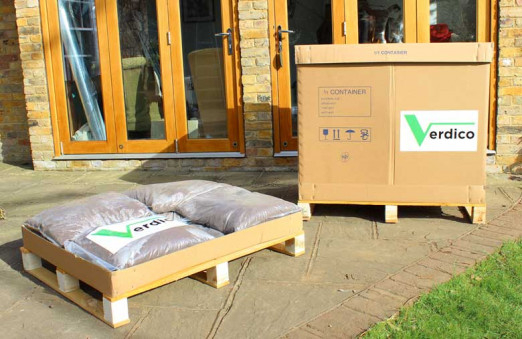Peppa Pig World is a 1.2 hectare attraction in Paultons Family Theme Park in the New Forest National Park in Hampshire. The 930m2 main building is its first all-weather attraction, housing George’s Spaceship Play Zone, retail and visitor facilities.
A huge barrel-shaped roof covers the steel and glulam structural frame, designed to mirror the contours of the landscape, rising to eight metres at its centre. A wildflower roof is a key element of the building’s sustainable and carbon-neutral design by HPW Architects. Completed over four years ago, it is flourishing thanks to the clever choice of 32 indigenous plants and a computerised irrigation system. The wildflower turf covers the entire roof and from the rear, where the building is partially under a bund created using earth excavated from the site, it appears to emerge directly from the ground.
Gary Wilburn, HPW’s director of design and sustainability, says: ‘With the site in a national park, and in the green belt, we had to do something pretty special to get planning permission for a 10,000sq ft. [930m2] building. As a result, from the southerly aspect all you can see is a mound of earth covered in turf.’
Seven large wind catchers with built-in PV panels, positioned along the spine of the roof, are a key element of a strategy for 100% natural ventilation.
HPW specified a wildflower turf developed by Hampshire specialist James Hewetson-Brown, using only species native to the New Forest area, such as wild red clover, bird’s-foot-trefoil and yellow rattle.
The turf was grown in a compost mix over a membrane to create a root-like mat with an instantly mature effect, ready to be transferred to the building.
The green roof build-up was designed by Steve Vincent, project designer at Verdico, manufacturer of VerdiRoof green roof systems, and supplied by SIG. It consists of a warm roof construction laid over a single-ply membrane. Designing it to cover the large and steeply pitched barrel, and to a tight budget, was arguably the biggest challenge, says Vincent: ‘The traditional method of building using staggered weathered-in battens would have sent the costs over budget. Instead, a structural retainer was installed at the overhanging eaves to take the majority of the weight during construction.’
Rows of Norwegian-style sacks filled with soil and stacked upwards from the eaves retaining girder, form the principal load on the roof. Traditionally, biodegradable hessian sacks are used, but here a non-rot plastic mesh was required to help maintain the roof’s structural integrity. Further support was provided by a counter-balancing mesh sheet, laid over the top of the sacks and over the barrel of the roof from one eaves to the other. The wildflower turf was laid over the counterbalancing mesh sheet and roots through it into the growing medium bags to complete the structure and make it structurally sound.
A series of self-cleaning ‘dripline’ irrigation pipes embedded above the sacks, and under the vegetation, link into a rainwater harvesting system. Excess water is drained off through the external steel columns at the edge of the eaves and stored in a man-made lake at the rear of the building.
In dry periods, a 60mm, pressure regulated piston pumps the water from the lake back up to the dripline. The system is computer-controlled, enabling the dripline to be activated or disabled in different parts of the roof as required. The result, even after four years of growth, is an award-winning, nectar-rich landscape that continues to attract bees and other insects as well as encourage biodiversity across the whole park, and the only maintenance required is a ‘strim’ once or twice a year.
Peppa Pig World was awarded Best Family Theme Park in the Tommy Awards 2015.
